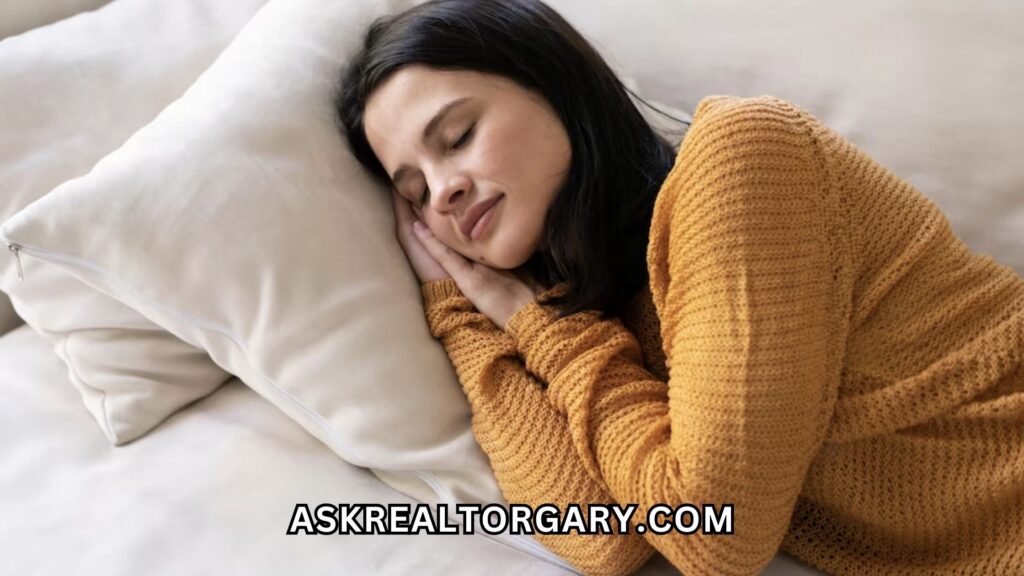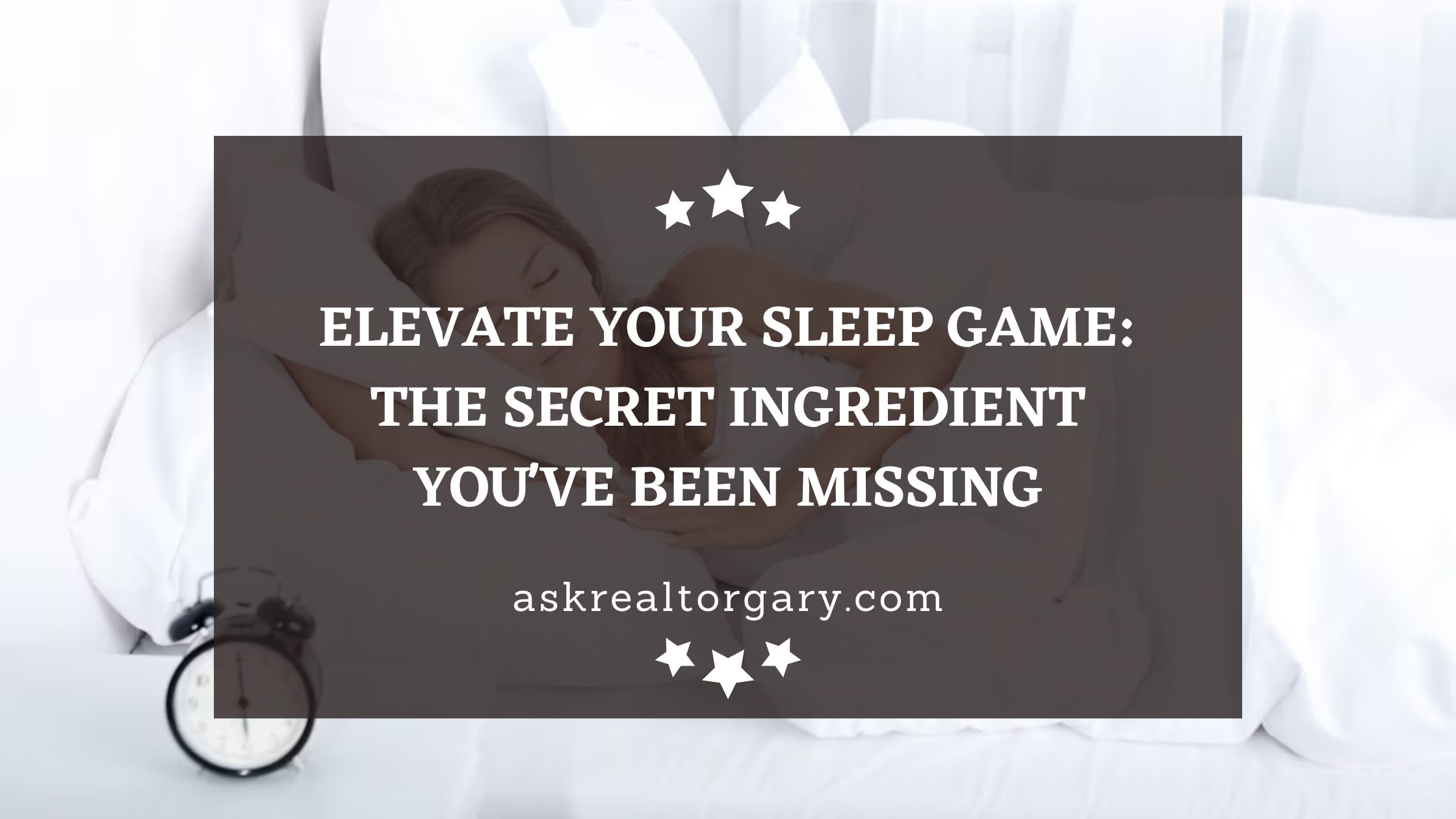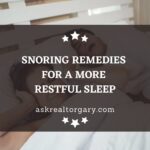This post is about all that I’ve learned about sleep, the things you can do naturally to affect it, and some trends I’m starting to see that should hopefully improve things.
Contents
What Is The Sleep Problem?
Part of the issue here is actually defining what insomnia is. For our purposes it’s the inability to get to sleep, the inability to stay asleep, or both.

There’s a couple of different ways that insomnia is defined – both by duration, and by cause. The different duration definitions are:
- Transient insomnia. This is something everyone experiences. It’s your inability to get a decent night’s sleep – despite trying – for a few days. It will normally go away on it’s own if left alone.
- Acute insomnia lasts a bit longer – and as with Transient, it tends to go away on it’s own. Your insomnia is defined as acute if you have difficulty for more than a week, but less than a month.
- Chronic insomnia is where the problem persists for longer than a month. This is what I have, as this sleep issue has gone on for over two years.
Once we have defined the duration, we dig a little deeper and define a source (if there is one):
- Secondary Insomnia (the reason I list this one first will become apparent) is where there is some other agent that is causing the insomnia. This other agent could be as simple as coffee or alcohol, or as complicated as sleep apnea or chronic pain. Medication (both prescribed and off-the-shelf) can contribute to insomnia, as can depression. The bottom line is that you need to have a conversation with your doctor to make sure the there isn’t another medical reason for the sleeplessness. If discovered, once the other issue if effectively handled, the insomnia tends to go away as well.
- It’s when there is no other medical reason for your sleep issue that we call it Primary Insomnia. Often brought on by some kind of trauma – medical, emotional, stressful – it doesn’t go away as the trauma fades into the past. The sleeplessness remains.
What To Do About Primary Insomnia
If there’s a secret to getting better sleep when you have primary insomnia, it’s not really that secret. There’s a series of steps that you can take – some basic, some more advanced – to get your sleep on track again.
I’m in the middle of some of the more advanced steps, but after analysis I think that it may be a couple of the more basic ones that prove to be of greatest benefit to me.
The Basic Steps – Sleep Hygiene
Sleep Hygiene is often brought up as the starting place to go when you have problems sleeping. They are meant to be lifestyle changes, and not temporary fixes – so they should become habits over the long run. In the short term, I would follow them religiously. In the long term, once your sleep is managed again, I see no issue with diverging from one or two of them for a night or two:
- Get up at the same time every day – including weekends. And make this time earlier versus later. 6am or 7am is generally accepted as a good wake time for adults.
- Although not quite as important as getting up at the same time, it’s still a very good idea to go to bed at the same time every night. Different people need different amounts of sleep, so this bedtime may need to be adjusted as you figure out exactly what your new sleep pattern becomes.
- Make sure that your bedroom is a comfortable place to sleep. This means a number of things – make sure the bedding (including pillows and blankets) is clean and is sufficient to maintain a comfortable temperature (not too warm, not too cold) all night. Make sure the room is clean – dust and dander can irritate. The room has to be dark and quiet. Use tin foil on the windows, and earplugs in your ears if that’s what it takes.
- Make sure that the bed is for sleeping only. And sex, too. But nothing else – no reading, no working, no watching TV. We’re trying to “train” your brain that the bed means sleep – and we can only train it if that’s all you do there – and it becomes a habit.
- Turn off the television, your smartphone and your computer about an hour before you go to bed. The light from these devices send your brain the signal that it’s time to wake up (light) versus go to bed (dark).
- Establish some kind of “getting ready for bed” routine at night. This should include getting less light at night – turn down the lights. Your “ritual” could involve having a warm bath a few hours before bed or reading in a comfortable chair in the evening.
- Avoid any stressful situation you might encounter. Nighttime is the wrong time to have an argument with a spouse or a child.
- The opposite of making things dark at night is making things light in the morning. Eat your breakfast by a sun-filled window or a light box. The light trains your brain that it’s morning time. Don’t fool yourself that just turning on the light in the kitchen or dining room is good enough – it’s not. An average kitchen or office is lit with about 300 lux. Sunshine can be up to 130,000 lux. If you can, it’s a good idea to also take a walk early in the morning without sunglasses to soak up all that energy.
- Exercise for at least a half-hour every day. I don’t mean that you have to play basketball or hockey for that exercise; walking or riding a bike will do just fine. I can see a correlation between the days I exercise and the days I don’t when I examine my Zeo sleep data.
Some Other Ideas About Better Sleep
There are some more “advanced” steps to managing your sleep available – although I would run through all the of basic hygiene ones first.
Supplementation can be done with many different substances and techniques:
- You might first try one of the holistic ages-old sleep remedies. These would include valerian, kava, chamomille, among others, have long been used to treat insomnia.
- Aromatheropy uses some of these same substances to produce smells that are said to relax.
- A very popular one in North America is melatonin. Used for some circadian rhythm disorders as well as jet lag are the popular uses for this remedy.
- Listening to isochronic or binaural beats, tuned to the resonant frequency of your sleep brainwaves (alpha, theta, etc.).
- Either with or without tones, meditation can be a very powerful tool to help you relax and be more prepared for sleep.
- Yoga, in addition to being good exercise, teaches you to relax your muscles as well as your brain.
The Real Secret To Sleeping Better
We’ve gone through some of the most common behaviors that address sleep, but there’s one that is often forgotten. Keeping track of where you’re at, and drawing some conclusions (or at least hypotheses) from the data.
To do this, keep a sleep log or diary. Initially, it could be as simple as a notepad on your bedside table with the date and a score (1-10) of how you think you slept last night. As the nights progress, you can add more variables to your measurement – exercise, diet, medication, stress – anything that you think may affect sleep.
I keep my sleep diary online in a spreadsheet, as I’m now tracking lots of activity (have a look). I also keep a diary online with Zeo (they have a user site for sleep data) to see if I can find trends using their tools. This I would consider a bit extreme – but even then, I’m only spending about 5 minutes a day on filling in the logs. 5 minutes a day to figure out the one-third of my life seems like a very small price to pay.
Back at the beginning of this section – I talked about rating (1-10) the sleep you got last night every morning, and this is a wonderful place to start. What I’ve found, though, is that what you think and what actually happened are often two completely different things. Often I’ve thought that I got no sleep at all, but when I dive into the night’s data, I discover that I got 6 hours of sleep – a half hour of deep sleep and two hours of REM to boot. And I can’t remember any of it. So the message is this; if this is a serious issue for you, invest in some tools.
The simplest ones are sold as “smart alarms” on the aps websites for Android and iTunes, and they work with the respective smartphones. They use the sensitive accelerometer in the smartphone to measure your movement at night (you place the smartphone on your mattress by the pillow). They then convert this movement into the phase of sleep that you’re in. They are sold as aps to wake you up when you’re ready to be woken (not in deep sleep), but they work as a quick and dirty analysis of the night you just had.
I’ve used these smart alarms, and liked the data I got, but I really wanted better accuracy. So I moved up to a Zeo Sleep Monitor. It doesn’t use a smartphone accelerometer, but is rather a headband that you wear all night that captures your brain activity, and then transmits it via Bluetooth to your smartphone – which acts as a data logger. The smartphone uploads the results to a user website for analysis once the data for the night has been captured
Once you have some real quantifiable data about your sleep, you can start to do some cause and effect experiments. How do I sleep if I exercise every day? How about if I don’t? What does a coffee after noon do to my sleep? These are all questions you can start to figure out, and use some real data to come to a conclusion.
Personally, I’ve just found that there’s a relationship between when I go to bed and how much total sleep, deep sleep and REM sleep I get. Same with exercise – too much is as bad as not enough. I’m diving in next to see which of the variables I track effect fractured sleep and the number of times I’m awakened every night.
After thinking about all of this for the past two years, my conclusion is that all the sleep hints and tips in the world are wonderful – but they end up being meaningless if you don’t know what’s working and what’s not.
The big secret is analysis of the data you collect when you sleep. The better the data, the better the conclusions you can draw from it…










